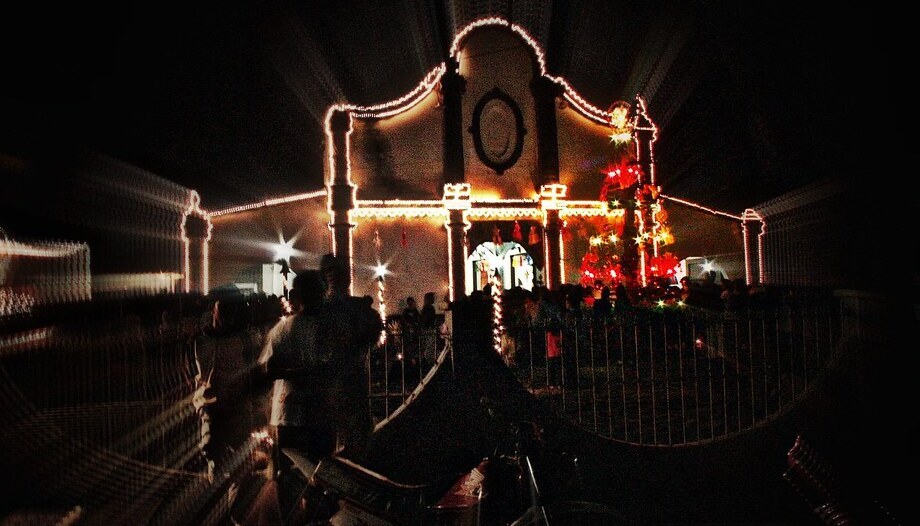The season of Advent is a time of spiritual preparation for the celebration of the Incarnation of the Divine Word. With hope, joy and certainty, the parishioners renew their ardent desire for his second coming. In this way, the CatechismThe Church actualizes the expectation of the Messiah.
Throughout history, different cultures have developed many ways of living the Advent season in preparation for the coming of Christ. Christmas. One of them is the "Simbang Gabi", which literally means "Mass at dawn". This devotion, which has its origins in New Spain and the Philippine archipelago in the 16th century, came to the United States with Filipino immigrants. It is the third largest Asian ethnic group in the USA, with about 4.5 million, 65 % of whom consider themselves Catholic. They are present in most U.S. states, but especially in California, Hawaii and Texas.
Meaning and origins
"Simbang Gabi" is a novena of Masses in honor of the Blessed Mother that begins on December 16 (or 15 in the afternoon) and concludes on the 24th, with the Misa de Gallo on Christmas Eve. This devotion has its roots in the 16th century in New Spain. It was brought by missionaries traveling from Mexico to the Philippines, during the time when the archipelago was governed from the Viceroyalty of New Spain.
At its inception, most of the workers who participated in "Simbang Gabi" in the Philippines were farmers or fishermen who started or finished their workday at dawn. Hence, this novena of Masses is celebrated at dawn, between 4 or 5 in the morning. At the ringing of the bells, musical bands invited people to join the liturgical celebration. Families walked to the churches illuminated by candles placed inside small lanterns or star-shaped lanterns made of bamboo and colored paper. During the Mass, the parishioners would enter in procession, dressed in their typical costumes and carrying the lanterns, which were then displayed inside the churches. The ceremony included hymns and local expressions of faith.
At the conclusion of the Mass, families and friends would share their dishes, reinforcing the spiritual bonds and brotherhood. Currently, the "Simbang Gabi" Masses maintain the central elements that gave rise to it; for example, the parishioners attend Mass dressed in typical costumes. At the beginning of the ceremony there is a procession of lanterns. The Mass is celebrated in English, Tagalog or some dialect and at the end of the liturgy people share their dishes, all in a family atmosphere.
"Simbang Gabi" in the U.S.
"Simbang Gabi" takes place in dozens of churches in at least twenty U.S. dioceses. As a devotion that includes Mass during the season of Advent, the ordinaries of each U.S. diocese issue a series of liturgical guidelines for its celebration. For example, the Archdiocese of Los Angeles states that "Simbang Gabi" Masses within this jurisdiction should be in English and Tagalog (language of the Philippines), but may include the use of other dialects spoken in the archipelago, such as Ilocano, or Cebuano.
Likewise, the liturgical color will be purple or pink (on the third Sunday of Advent) and the decorative vestments and sacred music (duly approved by the ecclesiastical authority) should be sober, thus reflecting "the character of Advent, of expectant joy in preparation for Christmas", according to the Archdiocese of Los Angeles. In this archdiocese, the first Mass on December 15 will be presided over by Archbishop José Gómez. The ceremony at the cathedral will be attended by delegations representing more than 120 parishes in Los Angeles where the Filipino community is present.
This devotion not only helps parishioners prepare their hearts and souls for the coming of Christ at Christmas, but also enhances the bonds of brotherhood among the Filipino-American community. It is also an opportunity for Catholics of other nationalities to get closer to the rich Filipino culture, not only through faith, but also through the food, music and traditional costumes of the archipelago.








